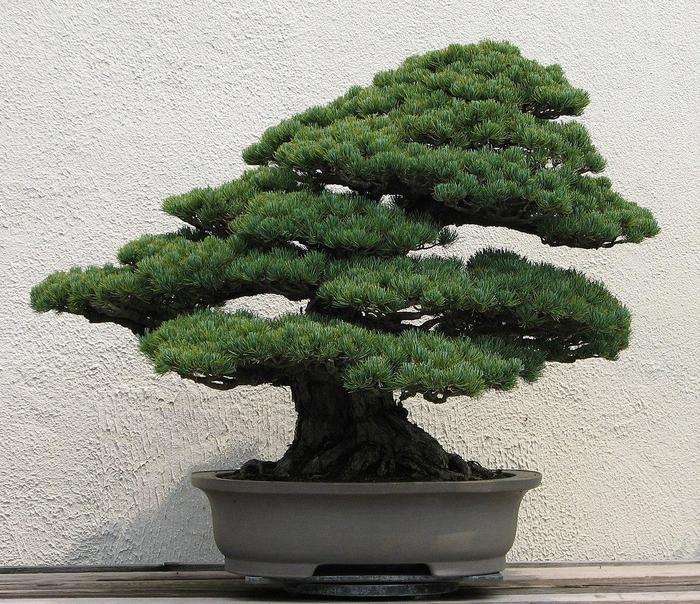The Bonsai tree
Almost everyone knows about the existence of these beautiful, miniature replicas of a real tree called a bonsai. Anyone can plant it, but it is extremely important to choose seedlings settled in the surrounding climatic conditions. For anything you need to know about it, just call your local professional gardener for the best advice.
The growing process itself seems very simple, and yet the care of the mini tree must be proper. Most importantly – this is compliance with conditions favorable for the proper development of plants, which is possible with a balanced light, humidity, temperature, watering, and fertilizing the soil.
A traditional type of bonsai has the following features:
- strong trunk;
- at the base of a particularly pronounced system of rhizomes;
- clear and demarcated outline of the branched part;
- the branches and trunk are visible through the leaves;
- perfect resemblance to the original.
Care for the bonsai
The proper care content features which involve the following steps:
- terms pruning of the crown;
- prepare a special peat mixture containing clay, sand, humus;
- compliance with the optimum temperature in the range of 10 to 18 degrees heat;
- absolute exception of interconnected winds;
- avoiding direct sunlight;
- moderate watering.
Preparation
If you buy a ready-made tree, you will not have to “train” it from the beginning, you will not have to take special care. However, if you buy a larger tree, you will need to prune its crown regularly, prune its roots, and transplant it.
Pruning
Pruning the roots is done as follows: remove the plant from the current pot, prune the rhizome, and transplant it into a smaller pot. You can do this procedure once a year and you will notice that the size of the tree has significantly decreased, without affecting its well-being.
Watering
Bonsai needs regular watering, so from time to time check that the soil in the pot is moist enough. On the other hand, the pot should be chosen correctly – it should allow good drainage, as the biggest enemy of bonsai is excessive watering. In addition, it should be neglected from the inside but cared for from the outside to protect the tree from external influences.
Bonsai can become an accent of any garden. It will contrast even more with the rest of the vegetation if you choose a red maple or other tree with red-colored leaves.


